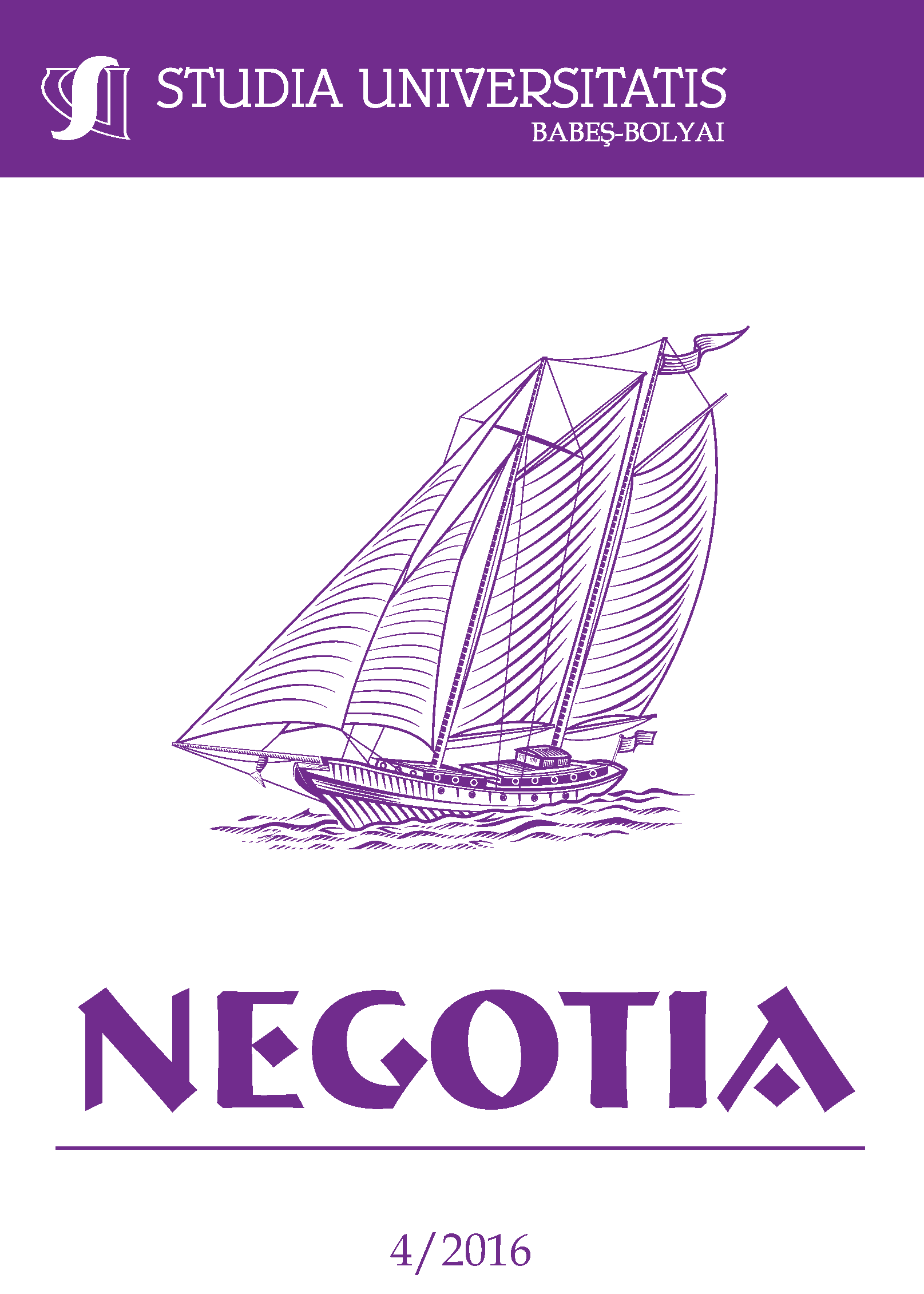THE POWER OF INNOVATION, DISTRIBUTION AND SUPERVISION FACTOR IN IMPROVING PERFORMANCE OF SUPPLY CHAIN MANAGEMENT OF SUBSIDIZED FERTILIZER IN INDONESIA
Keywords:
SCM performance, supervision, distribution, innovation factors, structural equation modeling (SEM).Abstract
Supply chain (SC) is increasingly recognized as an important factor for improving business performance. Because of that, the SC activities need to be optimized and this can be done through the supply chain management (SCM). This study has three key objectives: to reveal the influence of government policy in terms of supervision, to check the reliability of distribution and innovation factors on the execution of the SCM of subsidized fertilizer in Indonesia. A sum of 800 questionnaire have been spread to the test site and a number of 587 or 73% successfully returned. Furthermore, the data from 513 respondents, or 64% of the spread, was analyzed by statistical software Structural Equation Modeling (SEM). The findings from this study shows that the government policy in terms of supervision and the reliability of the appropriation has immediate and critical impact on execution SCM of subsidized fertilizer. However although there is no immediate impact on the execution of SCM, factor of innovation plays a significant role because it determines the success of supervision and reliability of the distribution. Moreover, this supervision factor and the reliability of the distribution act as a mediator between the factors of innovation with the full performance of SCM. To improve the performance of SCM of subsidized fertilizer in Indonesia, this research suggests that the government pays attention to supervision, the reliability of the distribution as well as innovation factors. Due to that, the distribution of fertilizer will be more suited to its purpose at the right time with the appropriate location, type, quantity and the right quality, and at an appropriate price. In future research, the same study could be utilized for other subsidized commodities.
References
Agus, A. (2010). SCM, Process Performance and Business Performance, Conference of the International Journal of Arts and Sciences, Rome, Itali,
Badan Pusat Statistik Indonesia (2012), Statistik Indonesia.
Burtonshaw, S.A.G. & Ritchie, R.L. (2012), Developments In Construction SCM And Prime Contracting, Lancashire Business School, University of Central Lancashire, Preston, UK, PR1 2HE. Email: rritchie@uclan.ac.uk.
Ditjen PSP Kementan (2012), Evaluasi Program Peningkatan Produksi Padi, Ditjen Produksi Tanaman Pangan, Jakarta.
Finch, B.J. (2006), ‘Operations Now: Profitability, Processes, Performance’, 2nd edn, McGraw-Hill/ Irwin, United States.
Ghasemi, R. & Mohaghar, A. (2011). A Conceptual Model for Cooperate Strategy and Supply Chain Performance by Structural Equation Modeling a Case Study in the Iranian Automotive Industry. European Journal of Social Sciences. 22, 519.
Gunasekaran, A. & Kobu, B. (2007), Performance measures and metrics in logistics and SCM: are view of recent literature (1995–2004) for research and applications. International Journal of Production Research.
Gunasekaran, A. & Ngai, E.W.T. (2004), Information systems in supply chain integration and management. European Journal of Operations Research.
Hair, J.F., Anderson, R.I. & Black, W.C. (1998), Multivariate Data Analysis, Englewood Cliffs, NJ: Practice-Hall.
Janvier-James, A.M. (2012), A New Introduction to Supply Chains and SCM: Definitions and Theories Perspective. Glorious Sun School of Business and Management, Donghua University Shanghai 200051, China, International business Research, Canadian Center of Science and Education. 5 (1).
Kementerian Pertanian, (2012), Peraturan Menteri Pertanian Republik Indonesia Nomor 87/Permentan/ SR.130/ 12/2011 - 9 Disember 2011,
Kotler.P, (2003), Marketing insights from A to Z, John Wiley & Sons.
Lembaga Penelitian & Pemberdayaan Masyarakat Institut Pertanian Bogor, (2011), Studi Perbandingan Distribusi Fisik Urea Subsidi, Gula & Beras. IPB Bogor.
Leavy, B. (2010), Design thinking - a new mental model of value innovation. Strategy & Leadership 38:5.
Pattiro, (2011), Laporan Penelitian - Peta Masalah Pupuk Bersubsidi di Indonesia Program lntegritas dan Akuntabilitas Sosial, USAID.
PT. Pupuk Indonesia (2012), Realisasi Pengadaan dan Distribusi Pupuk: Jakarta.
Sakaran, U. (2000). Research Method for Bussiness, A Skill Building Approach, 3 rd Ed, John Wiley and Sons Inc, Singapore.
Santoso, S. (2013) Konsep dasar dan Aplikasi SEM dengan AMOS 22, PT Elex Media Komputindo, Kompas Gramedia, Jakarta.
Schramm, C. (2008). Innovation Measurement: Tracking the State of Innovation in the American Economy. A report to the Secretary of Commerce by The Advisory Committee on Measuring Innovation in the 12st Century Economy.
Simchi-Levi, D. et al. (2003) Managing the Supply Chain. New York: McGraw Hill.
Sugiyono (2013), Metode Penelitian Manajemen; Bandung, Penerbit Alfabet.
Valariano, D. & Muslim, C. (2007), Revitalisasi Kebijakan Sistem Distribusi Pupuk Dalam Mendukung Ketersediaan Pupuk Bersubsidi Di Tingkat Petani, Jurnal Ekonomi Dan Pembaugujtajt (JEP), Vol. XV (2).
Downloads
Published
How to Cite
Issue
Section
License
Copyright (c) 2016 Studia Universitatis Babeș-Bolyai Negotia

This work is licensed under a Creative Commons Attribution-NonCommercial-NoDerivatives 4.0 International License.






